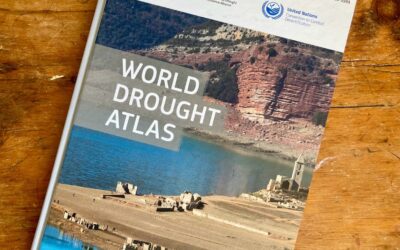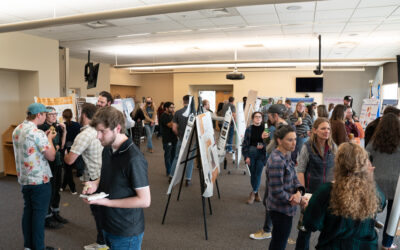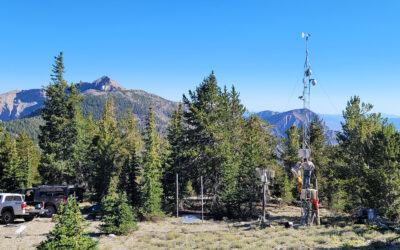Meet Dennis Hallema, Ph.D.
LAS VEGAS, NEV.
Hydrology
Wildfires
Dennis Hallema, Ph.D., is an assistant research professor of hydrology with the Division of Hydrologic Sciences at DRI in Las Vegas. He specializes in data modeling and natural catastrophe research. Dennis is originally from the Netherlands and holds B.S. and M.S. degrees in Earth Sciences from Utrecht University in the Netherlands, and a Ph.D. in Continental hydrology and society from Montpellier SupAgro in France. A new addition to the DRI community, Dennis started working for DRI remotely from North Carolina in November 2021 and relocated to Las Vegas in March.
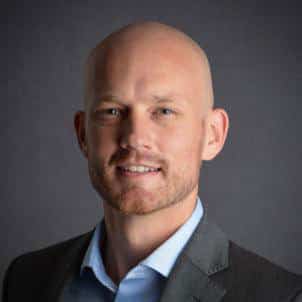
Hallema: I started at DRI in November of last year, so I am still fairly new here. If you had to describe me with two keywords, it would be hydrology and wildfires. I specialize in consulting on natural hazard impacts – not so much the natural hazards themselves, but the longer-term impacts that they have on things like flood risks. My methods are AI (artificial intelligence) focused – so, machine learning. When I applied for this job at DRI, there was really a need for a person who could do research on all of these aspects combined – a person that crossed the bridge between traditional hydrologic modeling and who could also apply newer methods like AI.
My background is in hydrologic modeling and fire science. I first did this work for the USDA Forest Service, where I was a research fellow with the Oak Ridge Institute for Science and Education (ORISE). That was my first big fellowship. I did that job for a few years, and that’s where I really became an expert in wildfire impacts on hydrology. Before that, I worked in Quebec City, Canada, on different jobs in hydrologic modeling of snowy landscapes, so I have experience doing snow modeling as well.
DRI: What are some of the ways that wildfires impact hydrology? Can you give us an example?
Hallema: I have studied this across the whole entire country looking at various regions where fires have an impact on runoff. The higher up you go in mountainous areas, you see very profound impacts. We can divide the impacts into primary perils and secondary perils. In the case of a wildfire, primary perils are the immediate damage. People lose their property, there are health impacts, there can be loss of life.
Secondary perils are what come later, after the fire has passed – the indirect effects that occur from the fire. In many cases, secondary perils are related to hillslope stability. You may remember the mudslides of California a few years ago. The hillslope becomes unstable because the wildfire can remove a large part of the vegetation canopy. After the fire, when the first rainfall event occurs, the soil can often still absorb that. But when the second rain shower comes, and there’s nothing to retain or protect the soil, in case of very severe wildfires, the soil becomes saturated and essentially creates a sliding plane, and that’s when you get mudslides.
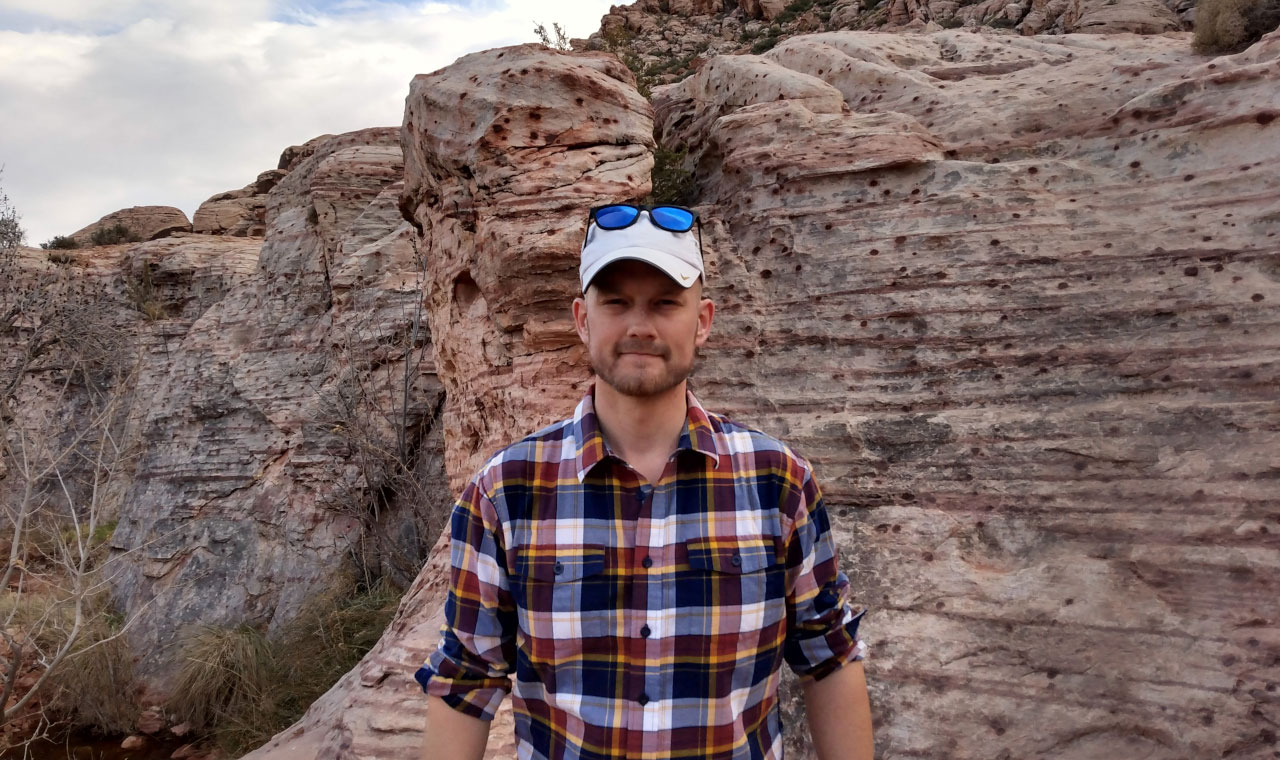
Hallema: The paper was a review of the mechanisms that are responsible for wildfire impacts on water security and water resources across Canada. We mapped out where data are available, and what types of data are available, as far as wildfire occurrence, severity, streamflow data, and streamflow impacts. Data is often collected with publicly funded projects, so the ideal outcome would be that data should be accessible to other users later on. But this isn’t always the case.
One principle that we advocate for in this paper that I also want to promote in Nevada is the FAIR data principle. That stands for Findability, Accessibility, Interoperability, and Reuse of digital assets. Obstacles to that are data scarcity and data fragmentation. Data scarcity means that there is little data available, and data fragmentation means that the data exist, but they are stored in many different locations. There is a lot of opportunity to improve the depth of data collection and quality of datasets and improve and reduce the fragmentation of data.
DRI: Can you tell us about a project you’re working on here at DRI?
Hallema: I’m working on a project that is sponsored by the United States Army Corps of Engineers (USACE), and one thing that we’re exploring is the effect of rain on snow. This happens in landscapes in northern Nevada when temperatures are around the freezing point, and you get an interesting dynamic of snowmelt and snowfall. My research is really focused on how likely this is to generate a flood, such as a 50-year flood, or a 100-year flood. The way I’m approaching the problem is by looking at the interactions between rain, snow, and rain-on-snow events. I’m researching how these interactions at the land surface really affect the runoff that is generated, how that affects the probability of a flood occurring, and when during the season you see this elevated flood risk. That’s one thing I’m working towards – and in general also providing consulting for institutions like USACE for implementing machine learning and remote sensing technologies into natural hazards impact models, wildfire data modeling, water risk models, and such.
DRI: What do you like to do outside of work?
Hallema: I like to spend a lot of time outdoors. I like to travel, I speak a few languages. I’m lucky that the things I do for work are things that I really enjoy doing. Being outside, collecting data, and doing cool computer stuff when I get back to the office, that’s the fun of my job.
